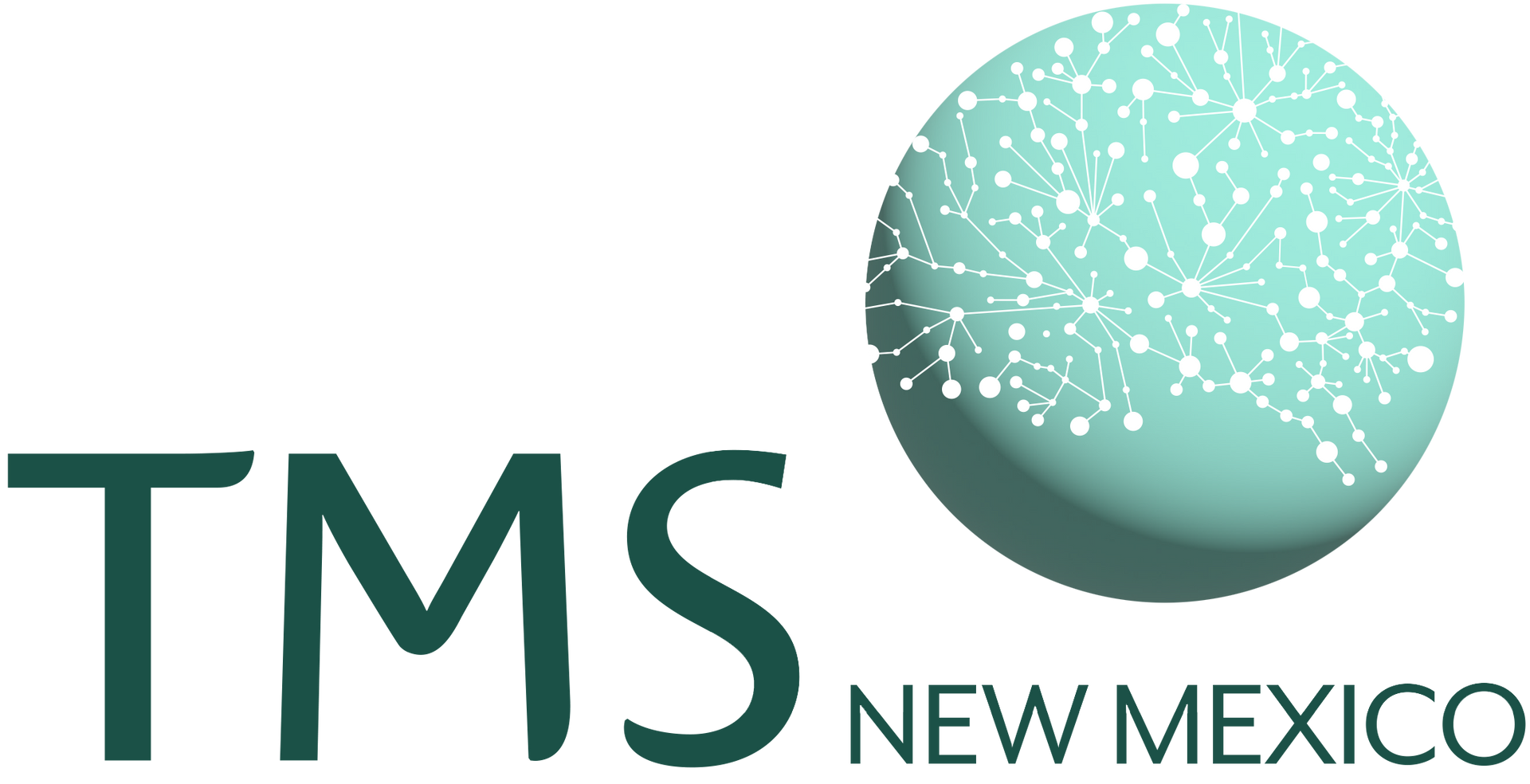TMS for Parkinson’s Disease: A New Hope in Brain Therapy
TMS is emerging as a transformational treatment option for Parkinson’s disease. In this article, we’ll explore the science and safety behind TMS and some of the clinical evidence supporting its use.
What Is Parkinson’s Disease and What Causes It?
Parkinson’s disease is a brain disorder that mainly affects movement. Characteristic physical symptoms include:
● Tremors - shaking
● Rigidity - stiff, tensed muscles
● Bradykinesia - slowed movement
● Postural instability - problems with balance and coordination
● Gait disturbances - changes in walking
● Difficulty swallowing
Non-physical symptoms include:
● Problems with sleep
● Mood disorders - depression and anxiety
● Cognitive impairment - memory and thinking problems that can progress to dementia
Parkinson’s is characterised by a loss of brain cells in an area called the substantia nigra. These cells make
dopamine, a chemical messenger that helps control movement. When they die or stop working, the brain doesn’t have enough dopamine, leading to
atrophy, a loss of brain tissue, and Parkinson’s symptoms. Atrophy, initially occurs in the striatum, where the
substantia nigra (SN) is located, but over time, can spread to other brain areas involved in thinking and emotions.
Many Parkinson’s patients also have
Lewy bodies, which are clumps of misfolded proteins that build up inside nerve cells. Lewy bodies are believed to interfere with the function of dopamine-producing cells, eventually causing them to die.
The underlying biological cause of Parkinson’s is unclear, but
genetic and
environmental
factors seem to play a role. About
15% of Parkinson’s cases
are inherited, meaning the condition runs in families. Certain genes linked to Parkinson’s affect how brain cells
communicate,
produce
energy, and
protect
themselves
from
damage caused by oxidative stress.
The Growing Burden of Parkinson’s Disease: Why New Treatments Are Needed
Parkinson’s disease affects more than
10 million people worldwide, and the number is growing as people live longer. Statisticians have estimated that the prevalence of Parkinson’s will have
more than doubled by 2050, reaching 25.2 million cases worldwide. Men are more frequently affected, but the risk is prominent across both genders past the age of 50.
Standard Treatments for Parkinson’s
Medications
The most common drug is Levodopa, which provides the brain with an essential ingredient to make more dopamine. Other medications include dopamine agonists and MAO-B inhibitors, which also increase dopamine function.
Deep Brain Stimulation (DBS)
DBS is a type of brain surgery in which doctors place electrodes inside the brain. These send tiny electrical signals to the striatum to activate cells that control movement.
Physical Rehabilitation
Exercise and therapy are core pillars of Parkinson’s, helping people move better and stay active. This includes balance training, speech therapy, and occupational therapy. Rehab works best when combined with other treatments like medication or DBS.
Problems with Standard Therapies
While medication can be helpful for some, not everyone responds well, and the benefits often wear off over time. Side effects can also be difficult to live with, including things like nausea, dizziness, and confusion. While they help manage symptoms, medications don’t slow the disease progression and aren’t a long-term solution. DBS has more long-term benefits for patients, but there are complications related to brain surgery and other risks that can be discouraging. DBS can increase the progression of cognitive decline, such as problems with memory, attention, or mood. Because of these limitations, researchers are interested in novel treatments for Parkinson’s that help restore dopamine function in the brain without major risks or side effects.
How Transcranial Magnetic Stimulation (TMS) Works for Parkinson’s Disease
TMS stands for Transcranial Magnetic Stimulation. It’s a non-invasive brain therapy. That means it doesn’t involve surgery, unlike DBS, or putting anything inside the body.
TMS uses a special magnetic coil that sends gentle magnetic pulses into the brain. These pulses can activate or calm down certain areas of the brain. In Parkinson’s treatment,
high-frequency TMS is typically delivered to the motor cortex, where the magnetic pulses
activate electrical signaling in nerve cells. This helps “wake up” circuits involved in motor function.
TMS increases
neuroplasticity, the brain’s ability to reorganize itself. This helps restore damage associated with Parkinson’s Disease in two main ways:
● Synaptic plasticity: the reorganization of synapses, which are junctions where nerve cells communicate. This mechanism may help strengthen the connection between cells involved in motor circuits.
● Neurogenesis - the process of generating new nerve cells. This mechanism could restore dopamine-producing cells or other cells in atrophied brain areas.
One
study in mice showed that
repeated
sessions of TMS (rTMS) increased the proportion of dopamine-producing cells in a model of Parkinson’s disease. However, more human evidence is needed to fully understand these mechanisms in humans.
Clinical Studies Supporting TMS for Parkinson’s Disease
Several
scientific studies have investigated the safety and efficacy of TMS in Parkinson’s.
In a 2020
double-blind trial, 52 patients with Parkinson’s disease and associated muscle pain received either high-frequency TMS or a pretend stimulation over the course of five sessions. By the end of the study, those who received TMS showed significant improvements in pain, motor function, depression, anxiety, and overall disease symptoms. These improvements became progressively more pronounced with each session.
Another double-blind study from 2019 divided patients into a high-frequency TMS or control group. Those who received rTMS had
significant improvements in activities of daily living
(ability to perform daily tasks) and
dysphagia (problems swallowing) that lasted for at
least three months following treatment.
Is TMS a Safe Treatment for Parkinson’s Disease?
TMS is generally
safe and well-tolerated, especially compared to invasive treatments like surgery. However, patients can experience
mild side effects, including:
● Headache
● Scalp discomfort
● Twitching facial muscles
● Lightheadedness
Serious risks can include the onset of mania, permanent hearing changes, and seizures. However, these are extremely rare and can be avoided if appropriate precautions are made and certain people avoid the treatment.
Contraindications include:
● People with a history of seizures or epilepsy
● People with metal implants in or near the head (like pacemakers, cochlear implants, or aneurysm clips)
● People with certain types of brain injuries
What Does “Off-Label” TMS Treatment Mean for Parkinson’s?
Off-label treatment means using a medical therapy for a condition for which it is not officially approved for, but there is strong evidence to support its use.
TMS is
FDA-approved for some conditions, like depression and obsessive-compulsive disorder (OCD), but not yet for Parkinson’s. However, some doctors and clinics, such as TMS New Mexico, offer it off-label, based on new research and patient need.
TMS Treatment for Parkinson’s Disease in New Mexico
If you’re looking for
noninvasive, innovative treatment options for Parkinson’s disease,
TMS New Mexico can help. We’re a leading provider of TMS in the area, offering bespoke TMS treatments in our state-of-the-art clinic in Santa Fe. As a patient, you’ll receive a thorough consultation to assess your needs and determine the best way to optimize your treatment. You'll undergo multiple TMS sessions in a comfortable, relaxing environment, with
regular monitoring
by a healthcare provider to track progress and make any necessary adjustments. Ongoing check-ins will help ensure you’re responding well and moving toward your treatment goals.
If you or a loved one has Parkinson’s and wants to explore new options, get in touch with one of our team members today

SHARE ARTICLE
HELPFUL LINKS TO LEARN MORE
Book an appointment at our mental health clinic in Santa Fe, New Mexico. You are not alone!




